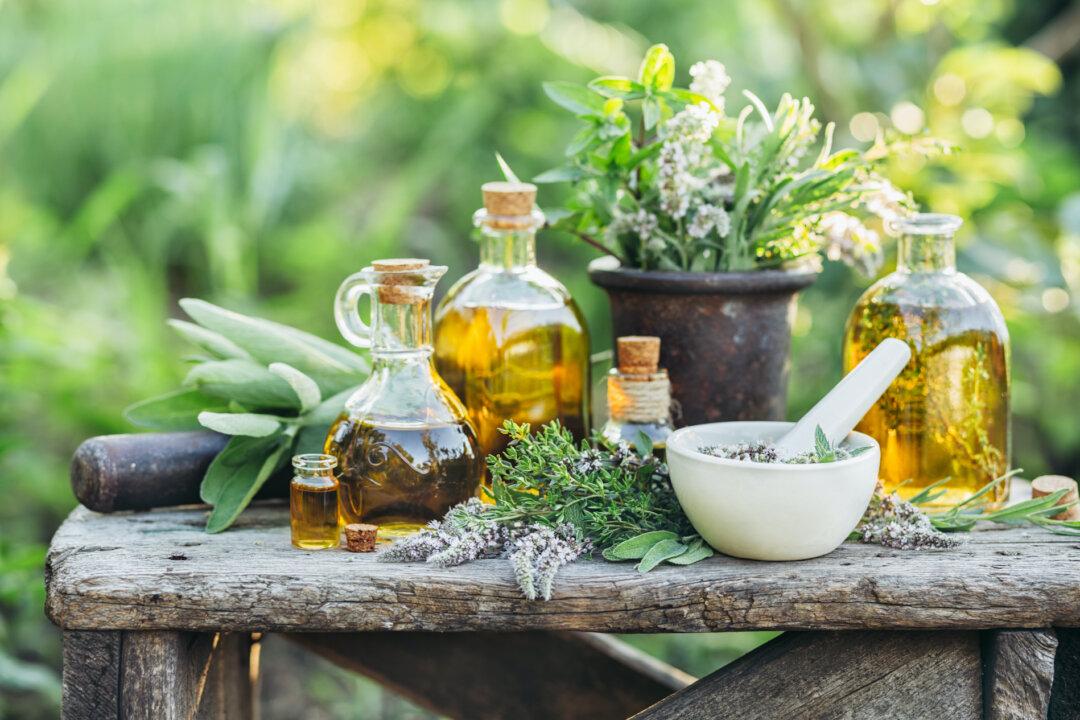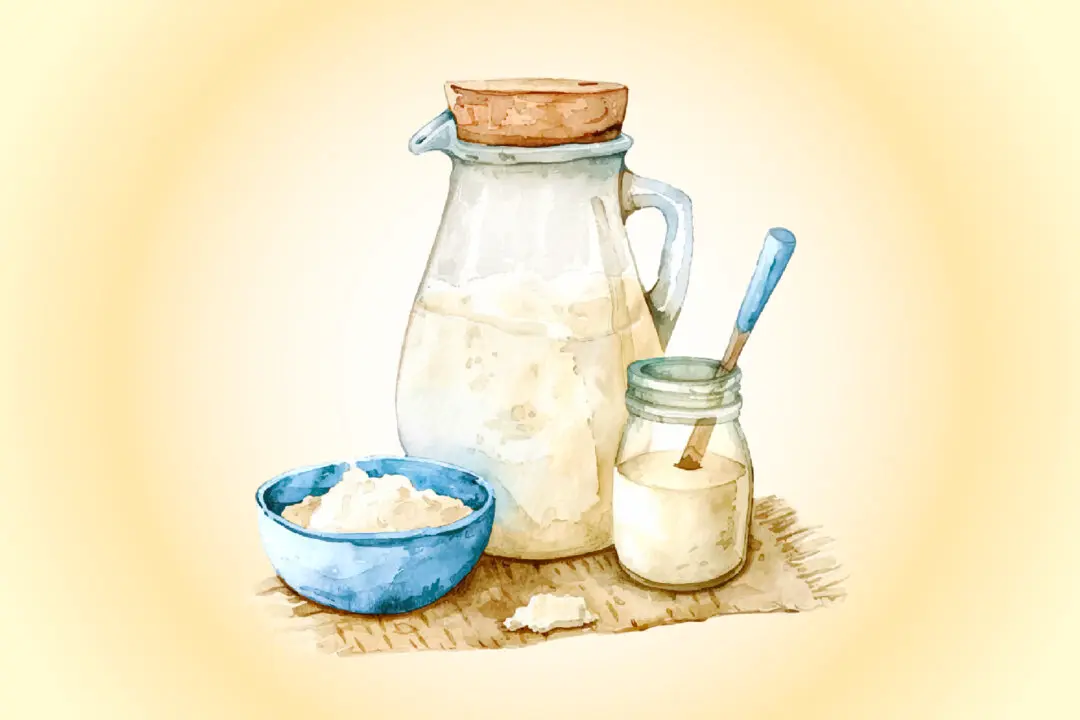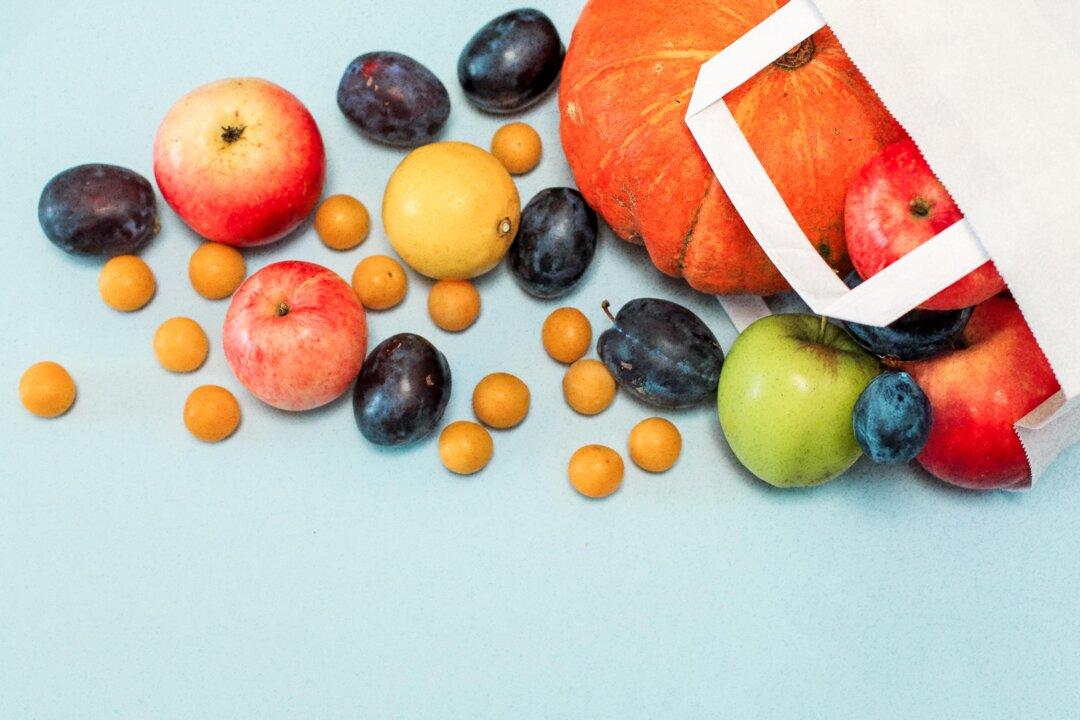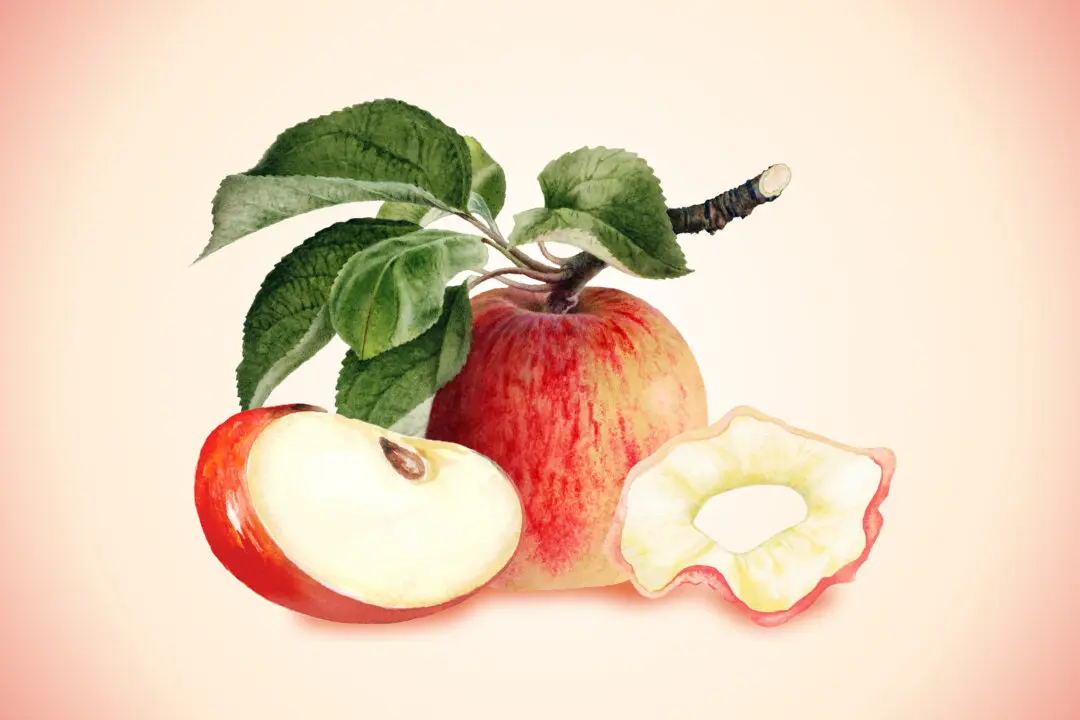Not that long ago, people knew the healing properties of plants that grew in the fields and forests where they lived. This knowledge was invaluable when doctors might be hours or even days away. It was also a way of life.
Today, knowing we can treat the most common ailments with plants grown in our gardens makes us more self-sufficient and ensures we can take care of our basic health needs now and in the future.






